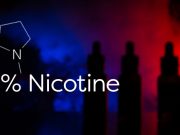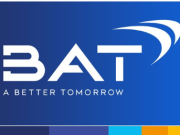Bricker plans to adapt a digital therapeutics app he designed to help adults quit smoking cigarettes, Quit2Heal, into an age-appropriate app to help younger people stop vaping. He plans to conduct a randomized controlled trial next year, with the aim of comparing his newly designed program with the National Cancer Institute’s program, SmokeFreeTeen.
“There are currently no proven programs to help youth stop vaping,” says Bricker. “Despite all we’ve heard about how much teens vape, there’s no trial out there testing apps. Vaping is easy to hide and it’s become more prevalent among teenagers, including groups of kids who were historically less likely to smoke cigarettes like athletes and academically oriented kids.”
Apple kills vape apps
Meanwhile, influenced by the hysteria surrounding vaping and its alleged link to EVALI, in 2019 Apple had removed all 181 vape-related apps from the iOS App Store. While apple users who had already downloaded any vaping apps were able to keep using them undisturbed, the apps were made unavailable for download.
Some of these apps were useful and informative, providing news and/or practical features, such as allowing users to adjust the temperature and other settings on their devices. To this effect, designer of app-controlled vaporization technologies and devices, PAX Labs, had launched a new desktop app for its cannabis vaporizers, making it clear that this came in response to the action by Apple.
“Built in response to Apple’s removal of vaporization-related apps from the App Store,” said the firm in a press release. Pax had previously launched an Android and iPhone app with such useful features, but it was of course removed by Apple.












